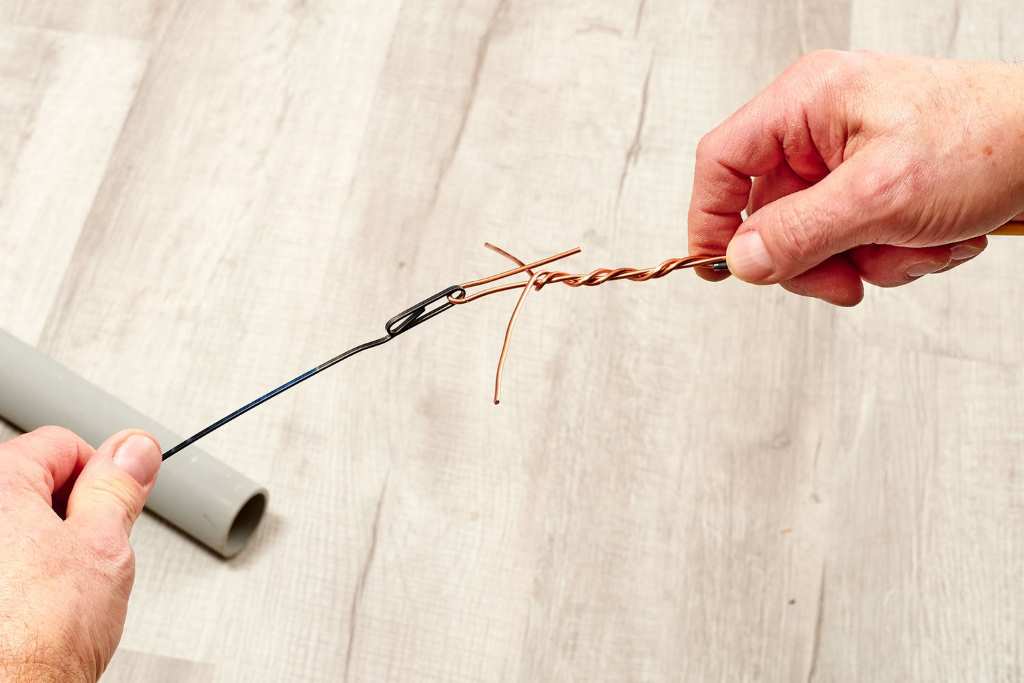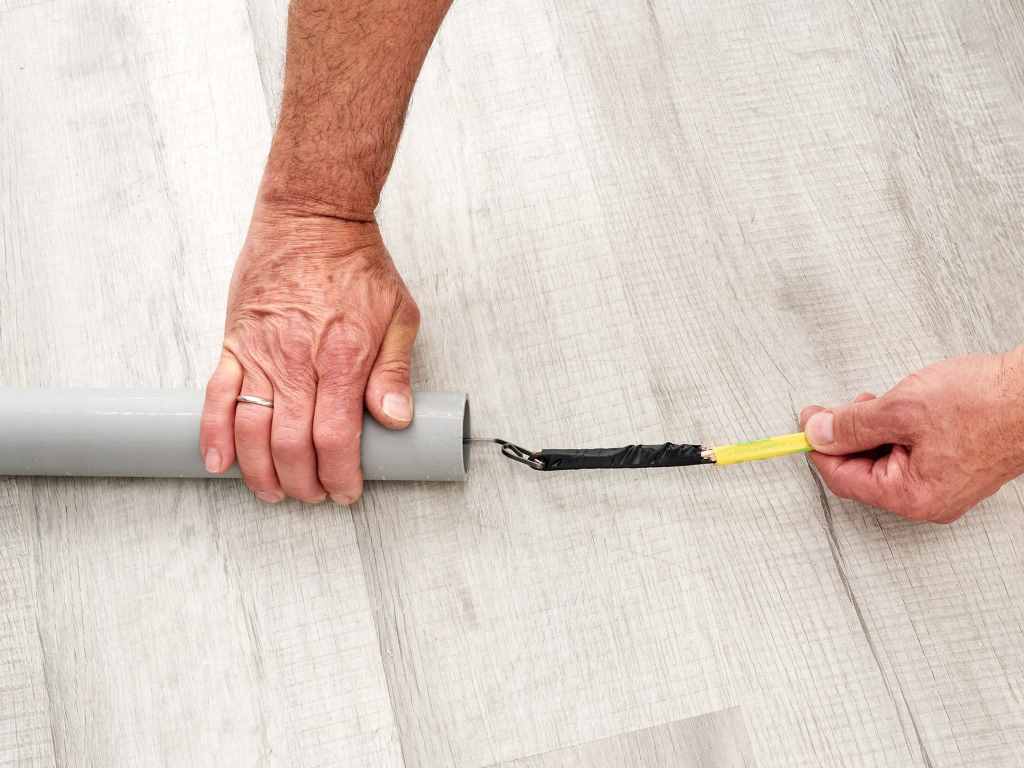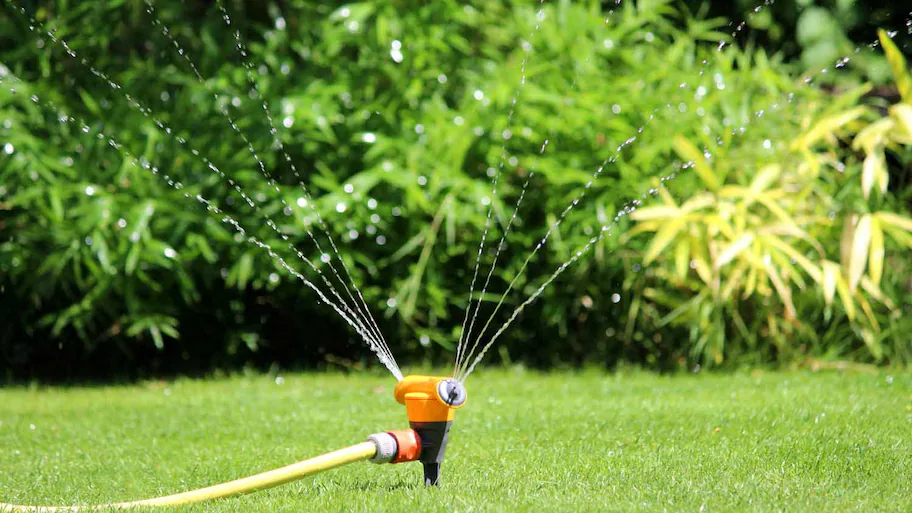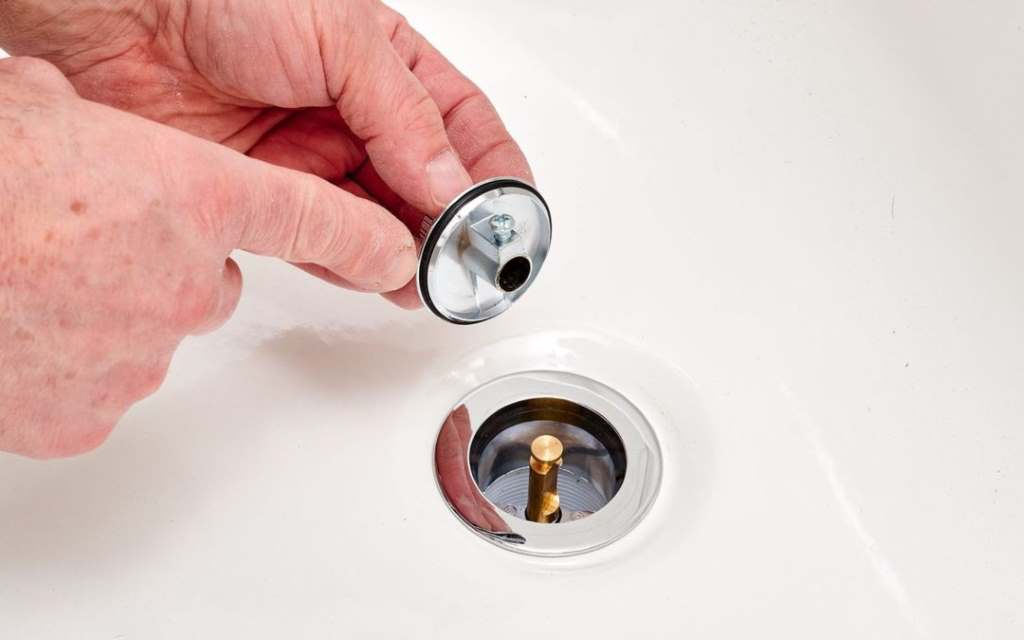Fish tape, a versatile tool often overlooked by DIYers, can significantly streamline your electrical work, saving you time, effort, and frustration. It’s the secret weapon of professional electricians for pulling wires through walls, ceilings, and conduits with ease. Let’s explore how fish tape improve your electrical work.
Understanding Fish Tape
Fish tape, also known as a wire puller, is a long, narrow strip made of various materials like steel, fiberglass, or nylon. It features a unique design—a flexible body with a stiff leader at the tip—that enables it to navigate the intricate pathways within walls and conduits. Learning how to use fish tape effectively can greatly simplify the process of routing wires through these spaces.
Why Fish Tape is Essential
- Efficient Wire Pulling: Running wires through walls, ceilings, and conduits is often the most time-consuming aspect of electrical work. Fish tape simplifies this process by providing a clear path for your wires.
- Accessibility: Fish tape reaches into tight spaces and corners that are impossible to access with bare hands. This is particularly valuable when dealing with existing construction or limited workspace.
- Damage Prevention: Attempting to pull wires without proper tools can lead to damage to the wires themselves or the surrounding structures. Fish tape minimizes the risk of damage by ensuring smooth wire pulling.
- Versatility: Fish tape isn’t limited to just wires. You can also use it to pull cables, ropes, or other flexible materials through conduits.
How to Use Fish Tape Effectively
- Preparation: Before starting, turn off the power to the circuit you’ll be working on. Gather your tools, including fish tape, wire lubricant, and any necessary connectors.
- Insertion: Carefully insert the leader of the fish tape into the conduit or opening you’ll be using. If possible, have a helper feed the tape from the other end for longer runs.
- Feeding: Gently push the tape into the conduit, using a slight twisting motion to help it navigate bends and turns. Avoid forcing the tape, as this could cause it to buckle.
- Attachment: Once the tape reaches the desired destination, securely attach the wire to the hook or eyelet on the leader.
- Pulling: Carefully pull the tape back through the conduit, drawing the wire along with it. Use steady, even pressure to prevent the wire from getting caught.
Choosing the Right Fish Tape
Fish tapes come in various lengths, widths, and materials. Consider the following factors when selecting a fish tape:
- Length: Choose a tape that’s long enough for your project, with some extra length to account for bends and turns.
- Material: Steel tapes are strong and durable but may be more difficult to handle. Fiberglass and nylon tapes are more flexible but may not be suitable for heavy-duty pulling.
- Tip Design: Some tapes have special tips designed for specific applications, like pulling through insulation or navigating tight corners.
Tips and Tricks
- Lubricant: Applying wire-pulling lubricant to the fish tape and the wire itself can significantly reduce friction and make pulling easier.
- Helper: For long runs or difficult pulls, having a helper at the other end can make the process much smoother.
- Maintenance: Keep your fish tape clean and free of debris to ensure it continues to function smoothly.
Conclusion
Investing in a fish tape is a wise decision for any homeowner or electrician. This simple tool can dramatically improve your efficiency and make electrical work less of a chore. With a little practice, you’ll find yourself reaching for your fish tape improve your electrical work.





